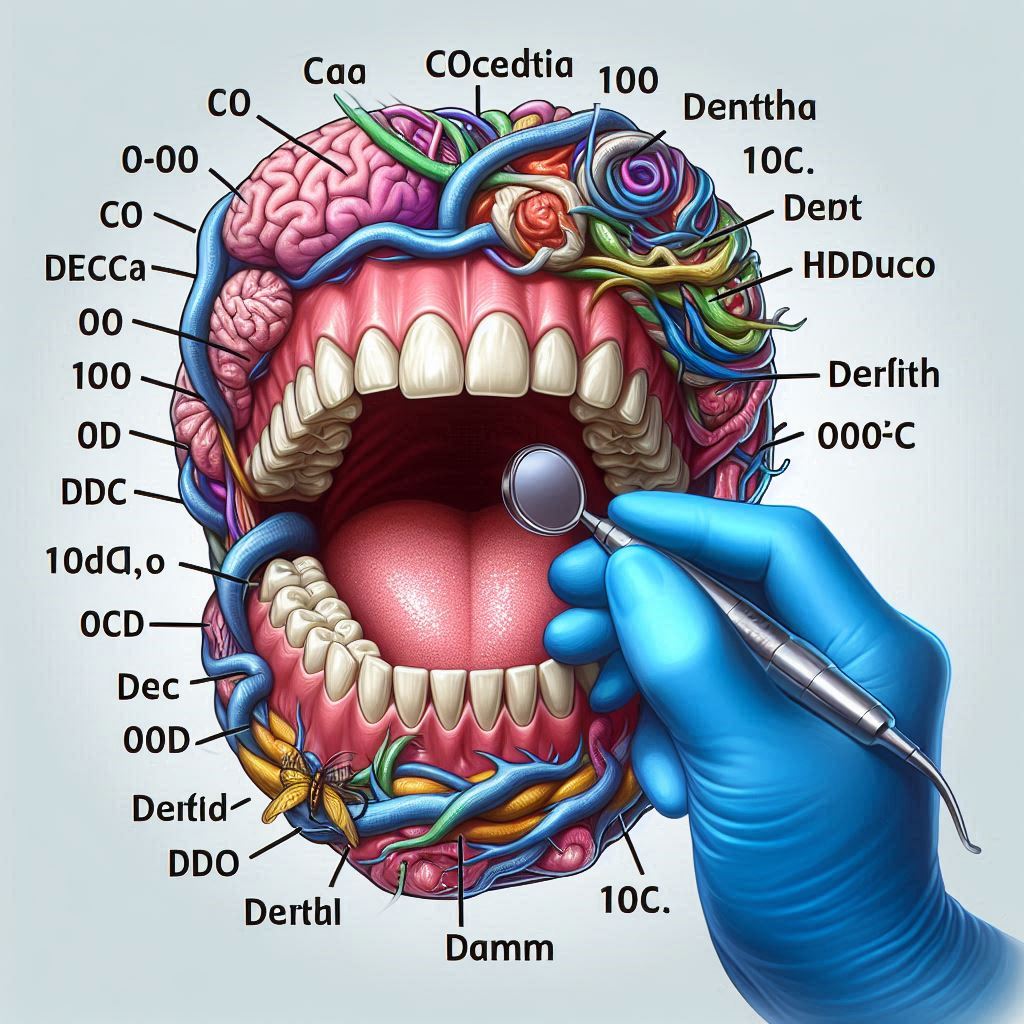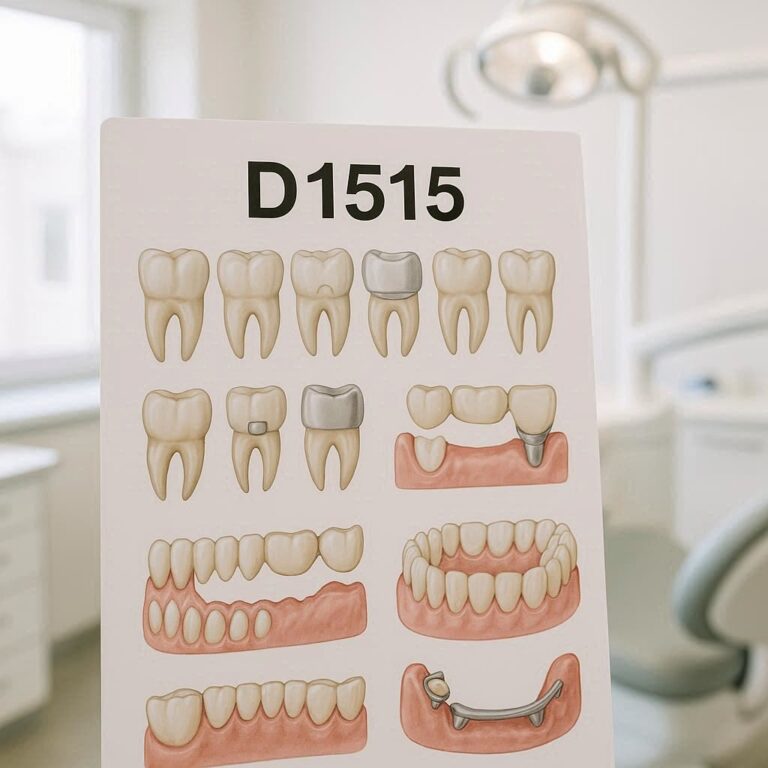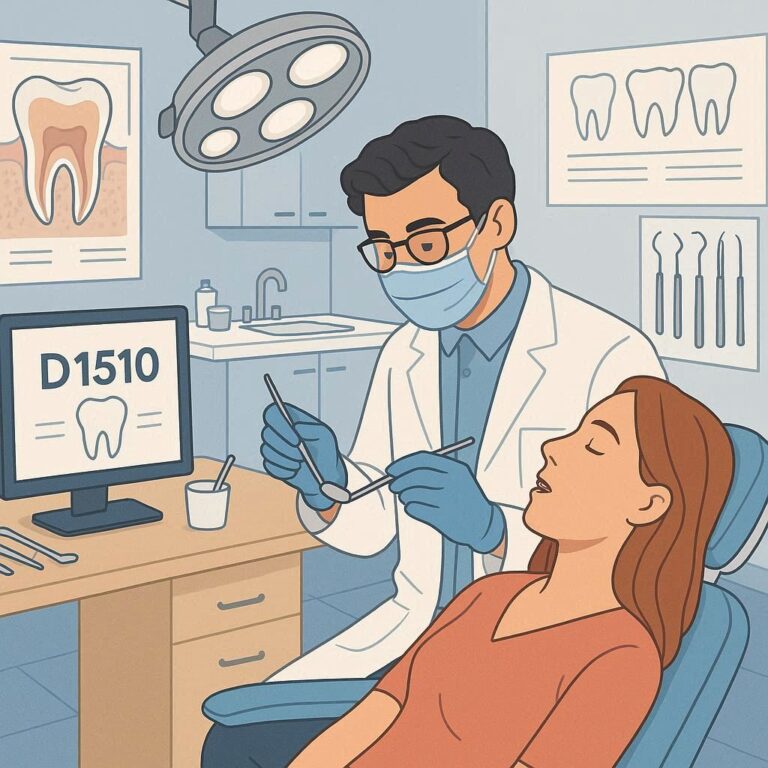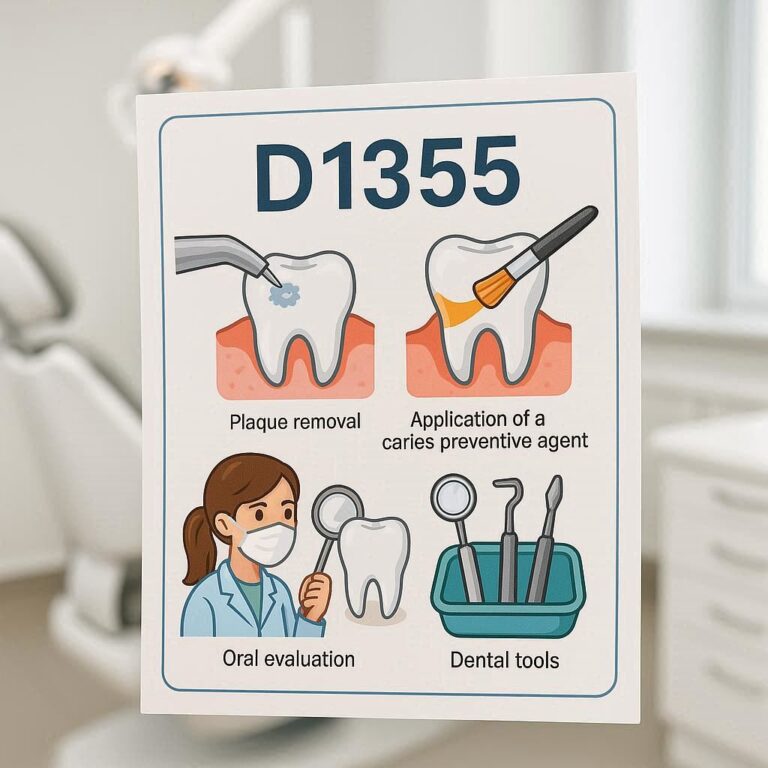ICD-10-CM Code for Dental Diseases: A Comprehensive Guide
The International Classification of Diseases, 10th Revision, Clinical Modification (ICD-10-CM) is the standardized system used in the United States for diagnosing and classifying diseases, including dental conditions. Accurate dental coding ensures proper billing, insurance claims, and patient record-keeping.
Dental diseases range from cavities and gum disease to infections and structural abnormalities, each requiring specific ICD-10-CM codes. This guide provides an in-depth look at ICD-10-CM Code for Dental Diseases, ensuring healthcare providers, dentists, and medical coders can accurately document and bill for dental conditions.

2. Common Dental Diseases and Their ICD-10-CM Codes
Below is a table of common dental conditions and their corresponding ICD-10-CM codes:
| Dental Condition | ICD-10-CM Code | Description |
|---|---|---|
| Dental Caries (Cavities) | K02.9 | Unspecified dental caries |
| Acute Periapical Abscess | K04.7 | Periapical abscess without sinus |
| Chronic Gingivitis | K05.10 | Chronic gingivitis, plaque-induced |
| Chronic Periodontitis | K05.3 | Chronic periodontitis, unspecified |
| Dental Fracture | S02.5XXA | Fracture of tooth (initial encounter) |
| Malocclusion | K07.9 | Dentofacial anomaly, unspecified |
| Oral Candidiasis (Thrush) | B37.0 | Candidal stomatitis |
3. Coding for Dental Caries (Tooth Decay)
Dental caries (tooth decay) is one of the most common dental conditions, caused by bacterial plaque eroding tooth enamel.
ICD-10-CM Codes for Dental Caries:
- K02.9 – Dental caries, unspecified
- K02.3 – Arrested dental caries
- K02.5 – Dental caries on pit and fissure surface
Proper documentation should specify the location, severity, and type of caries for accurate coding.
4. Periodontal Diseases: Gingivitis and Periodontitis
Periodontal diseases affect the gums and supporting structures of teeth.
Gingivitis Codes:
- K05.00 – Acute gingivitis, plaque-induced
- K05.10 – Chronic gingivitis, plaque-induced
Periodontitis Codes:
- K05.20 – Chronic periodontitis, localized
- K05.30 – Chronic periodontitis, unspecified
Severe periodontitis may require additional codes for bone loss (K05.6).
5. Dental Abscesses and Infections
Dental abscesses are pus-filled infections caused by bacteria.
ICD-10-CM Codes for Abscesses:
- K04.7 – Periapical abscess
- K12.2 – Cellulitis and abscess of mouth
- K10.22 – Osteomyelitis of the jaw
Proper coding helps in antibiotic treatment planning and surgical interventions.
6. Malocclusion and Dentofacial Anomalies
Malocclusion refers to misaligned teeth or bite issues.
Common Codes:
- K07.9 – Dentofacial anomaly, unspecified
- K07.0 – Major jaw malocclusion
Orthodontic treatments often require these codes for insurance claims.
7. Dental Trauma and Fractures
Traumatic dental injuries include cracked, broken, or avulsed teeth.
ICD-10-CM Codes for Trauma:
- S02.5XXA – Fractured tooth (initial encounter)
- S03.2XXA – Dislocation of tooth
Documentation should include cause (e.g., accident, sports injury).
8. Oral Mucosal and Jaw Disorders
Conditions like oral thrush, leukoplakia, and TMJ disorders fall under this category.
Key Codes:
- B37.0 – Oral candidiasis (thrush)
- K13.21 – Leukoplakia of oral mucosa
- M26.60 – Temporomandibular joint disorder, unspecified
9. Post-Procedural Dental Complications
Complications after extractions, implants, or root canals require specific coding.
Common Codes:
- T81.40XA – Infection following a dental procedure
- M27.3 – Post-extraction alveolar osteitis (dry socket)
10. Coding Challenges and Best Practices
- Specificity is key – Avoid unspecified codes when possible.
- Document supporting details (e.g., severity, location).
- Stay updated with annual ICD-10-CM revisions.
11. FAQs on Dental ICD-10-CM Coding
Q1: What is the ICD-10-CM code for a toothache?
A: Use K08.8 (Other specified disorders of teeth and supporting structures).
Q2: How do I code a dental cleaning?
A: Dental procedures use CPT codes (e.g., D1110 for prophylaxis), not ICD-10-CM.
Q3: What is the code for impacted wisdom teeth?
A: K01.1 (Impacted teeth) with additional codes for complications.
12. Conclusion
Accurate ICD-10-CM coding for dental diseases ensures proper diagnosis, billing, and treatment. This guide covers common dental conditions, trauma, infections, and post-procedural complications with precise codes. Always verify codes with the latest ICD-10-CM manual for compliance.
13. Additional Resources
- CDC ICD-10-CM Official Guidelines
- American Dental Association (ADA) Coding Resources
- CMS ICD-10-CM Updates


